The Eastern Diamondback Rattlesnake (Crotalus adamanteus) is the largest rattlesnake species in North America, growing up to 8 feet in length and weighing up to 10 pounds. Known for its diamond-shaped markings, this snake has a brown to yellowish-gray body that helps it blend into its natural habitat of forests, coastal areas, and marshlands in the southeastern United States.
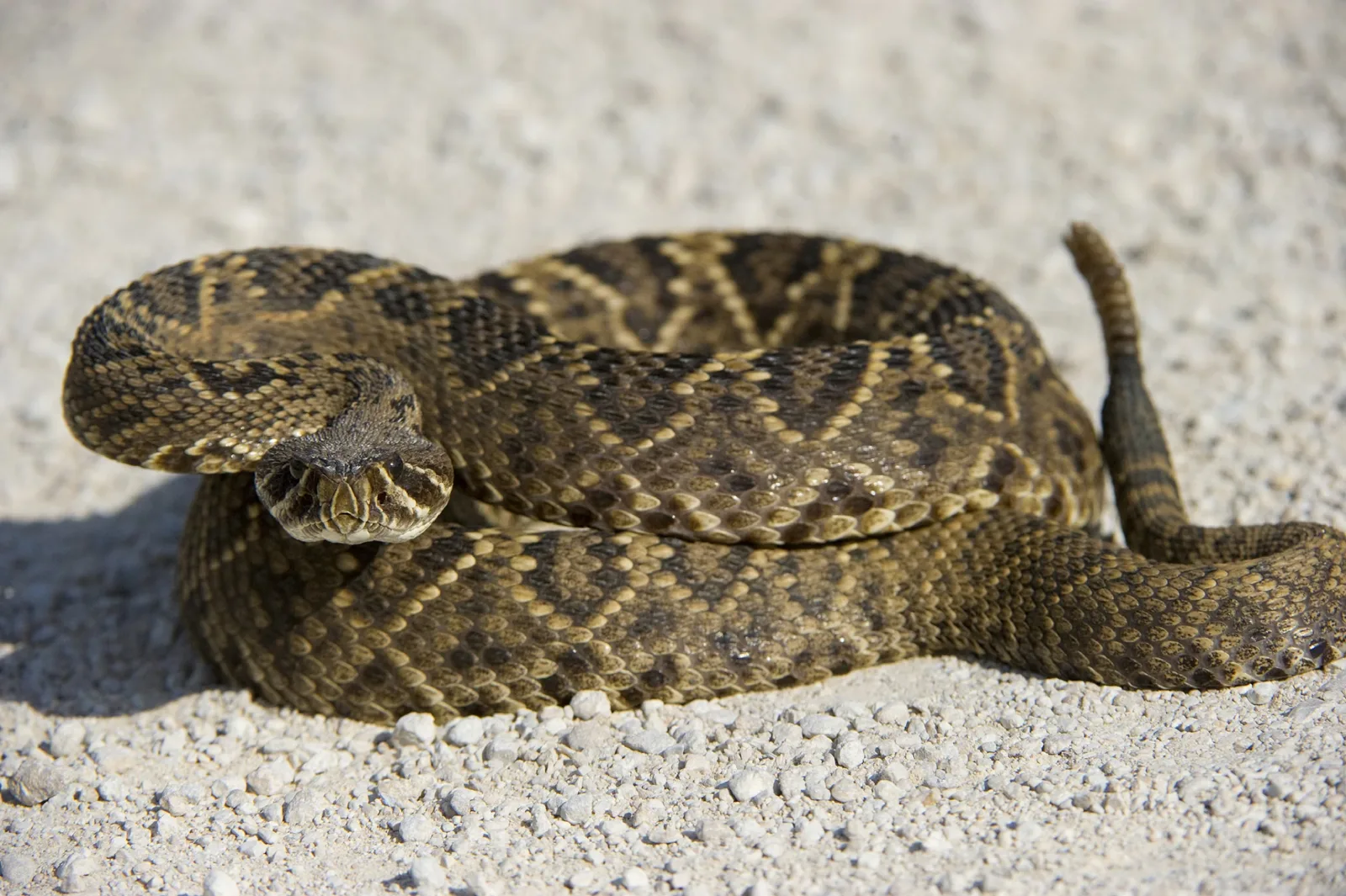








Physical Characteristics
The Eastern Diamondback Rattlesnake is the largest rattlesnake species in North America, typically measuring between 4 to 6 feet in length, though some individuals can grow up to 8 feet.
It is a heavy-bodied snake, with adults weighing up to 10 pounds. Its most notable feature is the series of diamond-shaped patterns along its back, which are dark brown or black with lighter yellow or beige outlines.
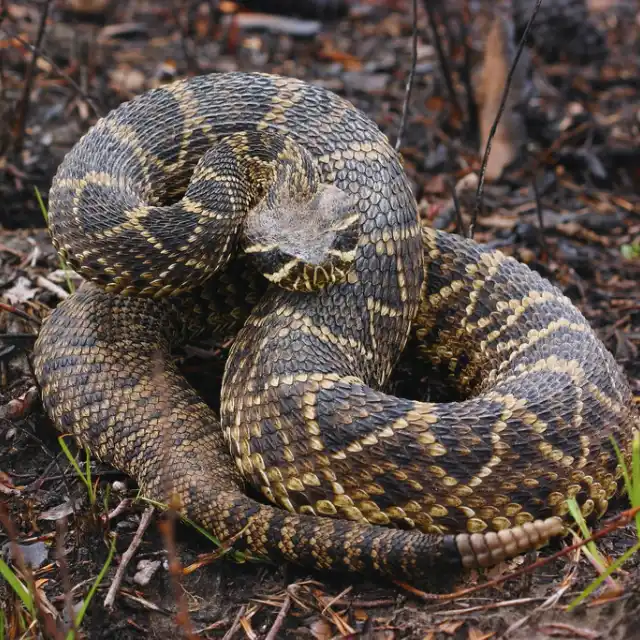
This pattern helps the snake blend into its environment, providing camouflage in the forests, pine flatwoods, and marshy areas it inhabits.
The snake’s rattle, located at the tip of its tail, is made of keratin and serves as a defensive mechanism.
When threatened, the rattlesnake rapidly shakes its tail, producing a buzzing sound to warn off predators.
This rattle is composed of interlocking segments that increase in number each time the snake sheds its skin.
Eastern Diamondbacks are also equipped with potent venom made up of hemotoxins and enzymes that break down blood and tissue in their prey, primarily small mammals.
The venom is both a tool for subduing prey and a defense mechanism, though bites on humans are rare and usually occur when the snake is threatened.
Habitat and Distribution
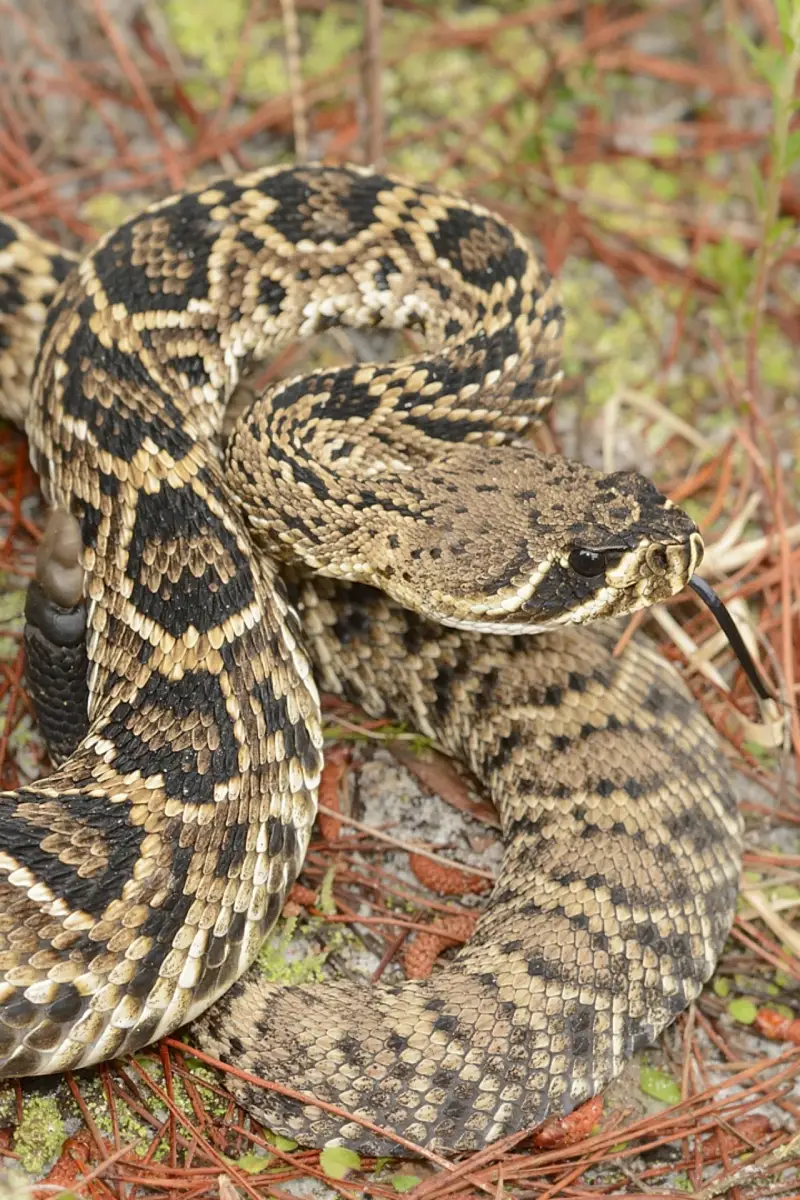
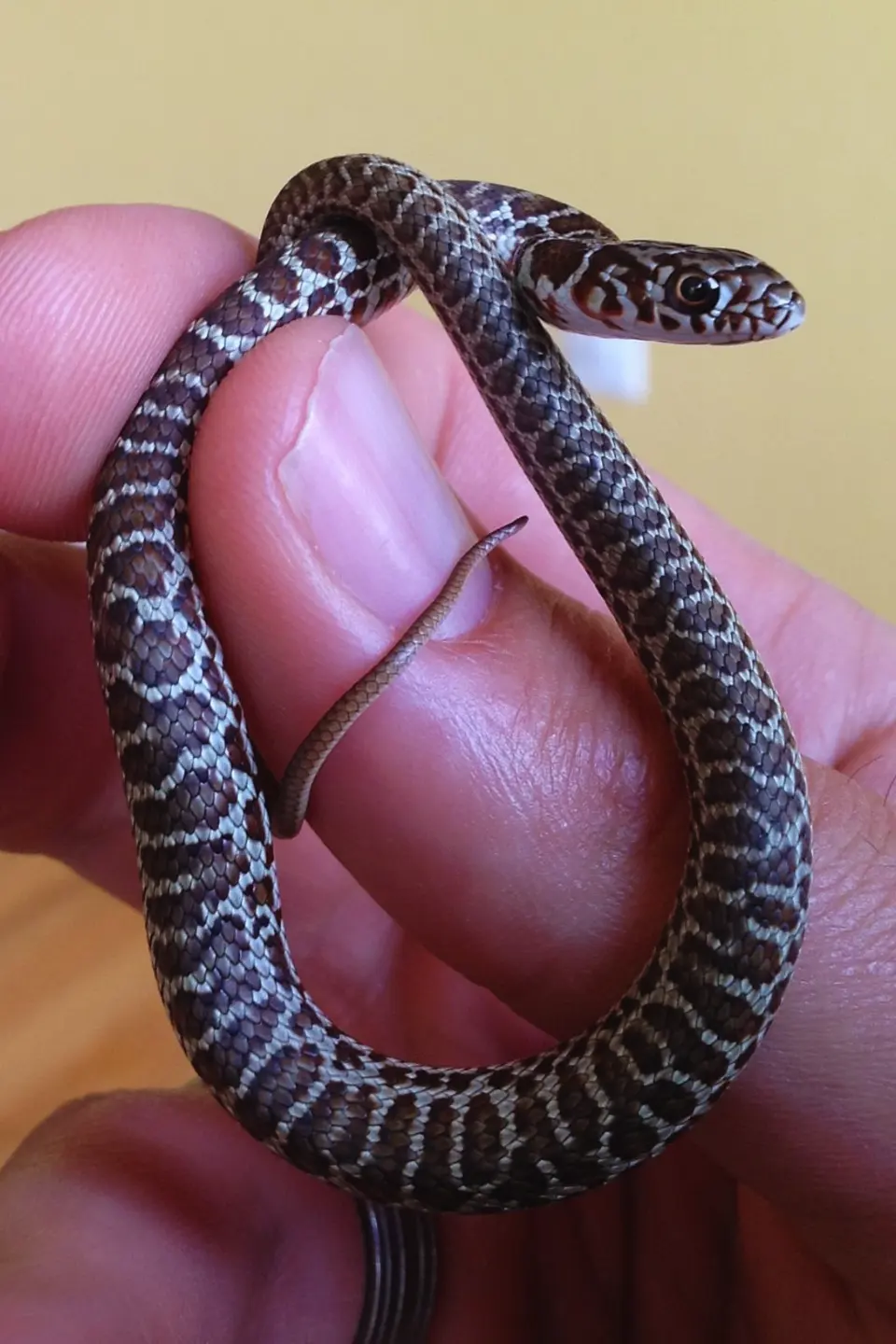
The Eastern Diamondback Rattlesnake is native to the southeastern United States, with its range extending across Florida, Georgia, Alabama, South Carolina, and parts of Mississippi and Louisiana. It prefers a variety of habitats, thriving in forests, pine flatwoods, coastal dunes, and marshlands. These environments provide ample cover and hunting grounds for the snake.
Eastern Diamondbacks are well-adapted to these ecosystems due to their ability to camouflage within leaf litter, brush, or sandy soils, which helps them both evade predators and ambush prey.
Their adaptability allows them to thrive in multiple habitat types, even when some areas are disturbed by human development. However, habitat loss due to urbanization poses a significant threat to their populations, particularly in regions like Florida where development is expanding into their natural environments.
Behavior and Ecology
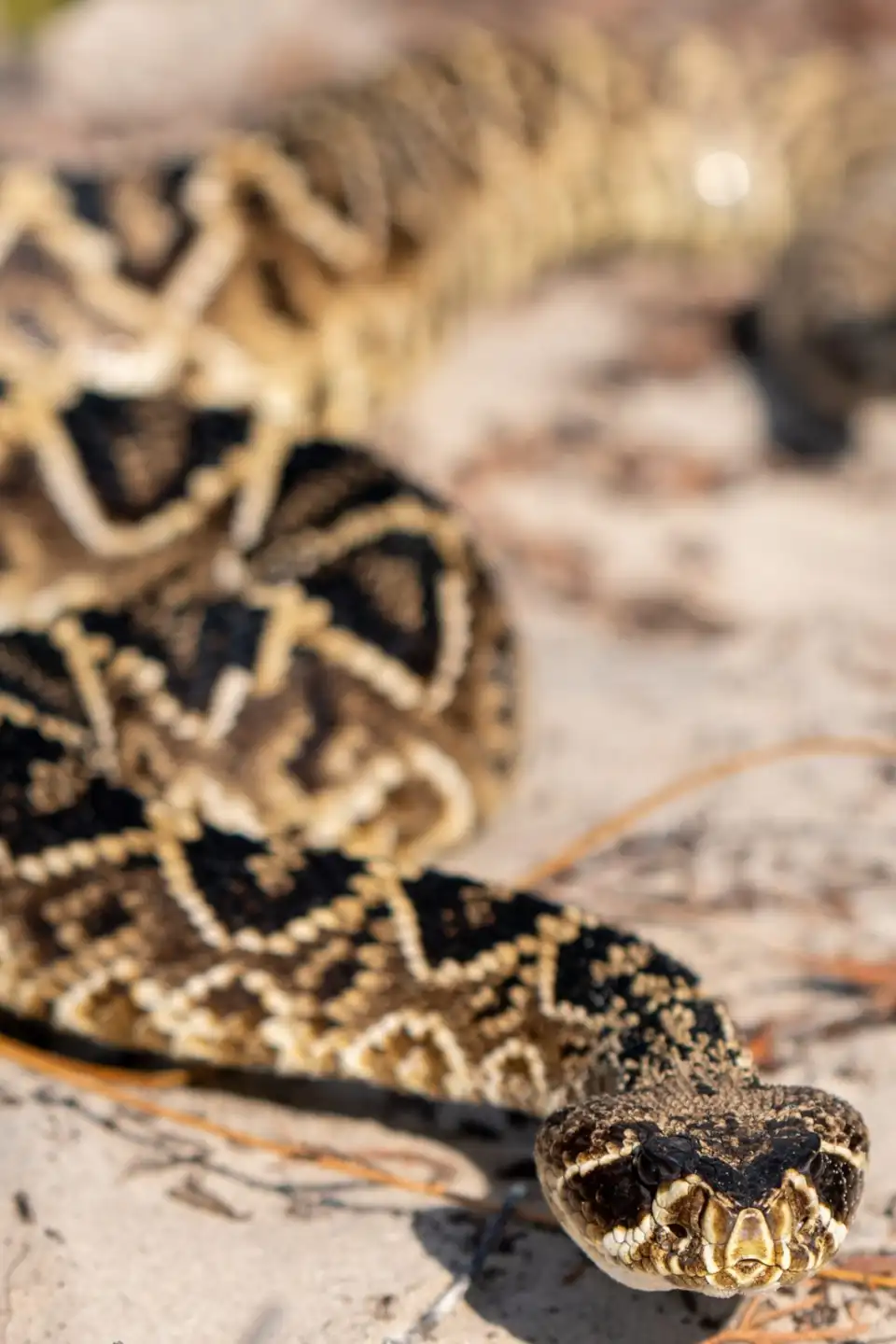
The Eastern Diamondback is an ambush predator, relying on stealth and patience to capture prey, mainly rodents, birds, and small mammals. It uses its heat-sensing pits, located between its eyes and nostrils, to detect the body heat of warm-blooded prey. This allows the snake to hunt effectively, even in low-light conditions.
In addition to heat sensing, the rattlesnake has a keen sense of smell and decent vision, which it uses to navigate its surroundings. Eastern Diamondbacks are solitary animals, coming together only during the breeding season, which occurs in late summer or early fall.
Females give birth to live young, with a gestation period of about six to seven months, producing litters of 6 to 21 offspring. The young are born fully independent, equipped with venom and their own rattles, although the rattle develops more segments as they age and shed their skin.
This reproductive strategy helps ensure the survival of the species, even in the face of environmental pressures.
Venom and Its Effects
The venom of the Eastern Diamondback Rattlesnake is a potent mix of hemotoxins and neurotoxins. The hemotoxins attack the blood and tissue of its prey, causing rapid breakdown of blood cells and tissue damage, while the neurotoxins disrupt the nervous system.
This venom composition allows the snake to immobilize and swiftly subdue prey, such as rodents and small mammals, by disrupting their bodily functions. In humans, a bite from an Eastern Diamondback can be extremely dangerous and even fatal if left untreated.
Symptoms of envenomation include intense pain, swelling, bruising, tissue necrosis, difficulty breathing, and internal bleeding. Fortunately, antivenom is widely available, and with prompt medical attention, the majority of snakebite victims recover.
However, untreated bites can lead to serious complications or death. Although the Eastern Diamondback’s venom is potent, human fatalities are rare due to the availability of medical care and the snake’s generally non-aggressive nature.
Role in the Ecosystem
Eastern Diamondbacks play a crucial role in maintaining ecological balance within their ecosystems. As apex predators, they occupy an important position in the food chain, preying on a variety of small mammals, particularly rodents.
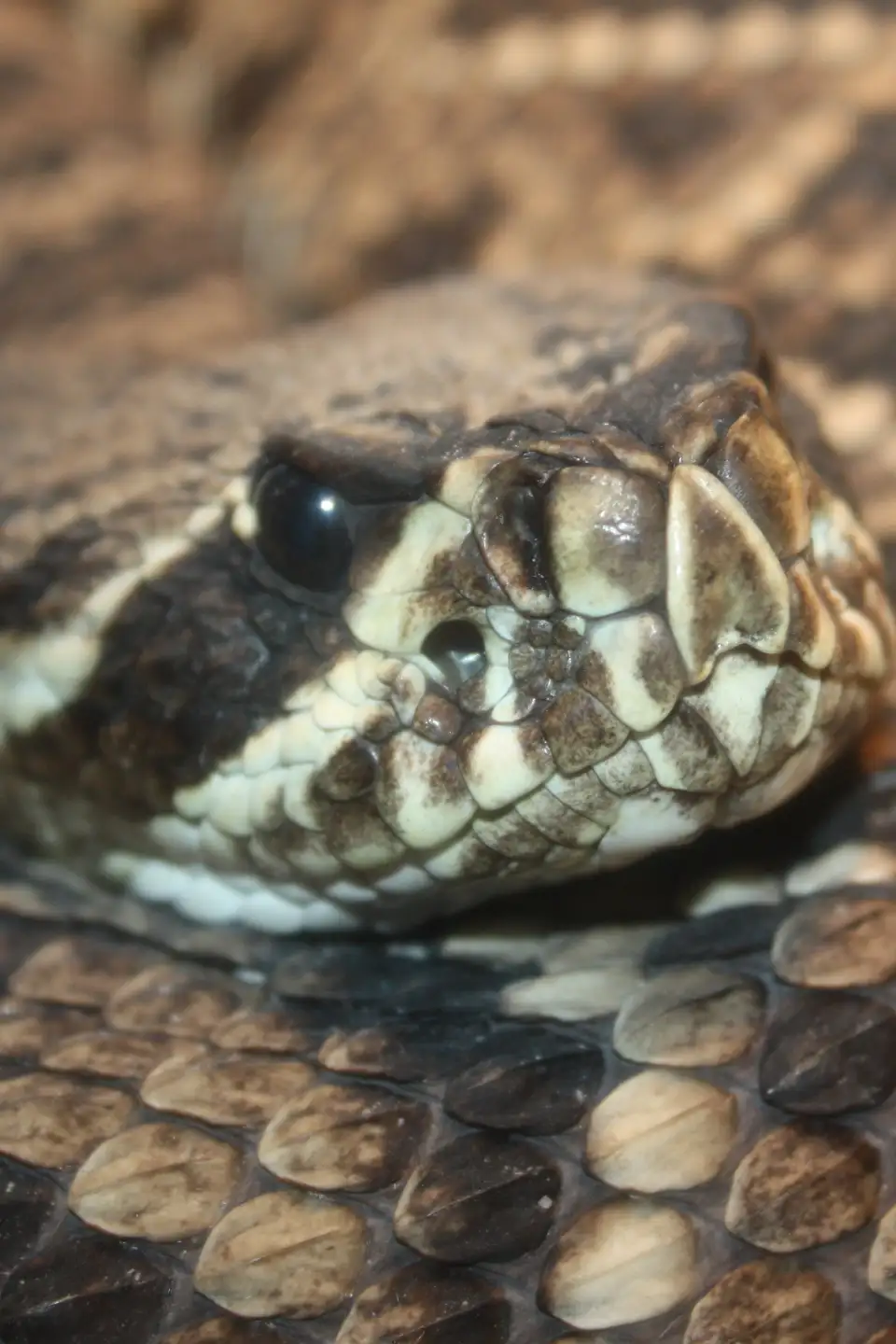
By controlling rodent populations, these rattlesnakes help reduce the spread of diseases carried by rodents, such as hantavirus, and limit damage to crops and vegetation, serving as a form of natural pest control.
The presence of Eastern Diamondbacks benefits other species in the ecosystem as well, as they create an equilibrium that prevents overpopulation of certain species.
However, they also face competition from other predators such as hawks, owls, and larger snakes, which may prey on them or compete for the same food sources.
Despite their importance, the Eastern Diamondback is under threat due to habitat loss, road mortality, and human persecution. Conservation efforts are critical to ensure the survival of this key species, as their declining populations could disrupt the balance of the ecosystems they help regulate.
Population
The population of the Eastern Diamondback Rattlesnake has been declining over recent decades, largely due to human activities.
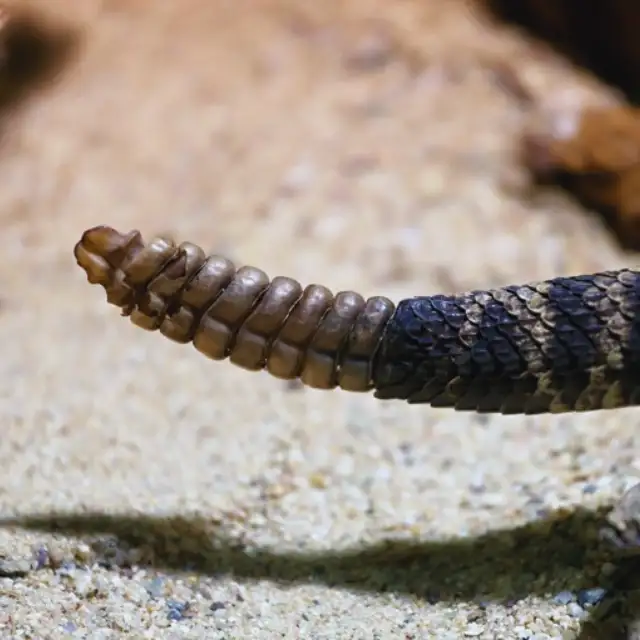
The destruction of their natural habitats, particularly in the southeastern United States, has led to a significant reduction in their numbers.
Urban development, agriculture, and road construction have fragmented the ecosystems where they once thrived, limiting their range and access to food sources.
Additionally, many Eastern Diamondbacks fall victim to road mortality, as they are slow-moving and often cross roads in search of food or mates.
Another major factor contributing to their declining population is human persecution. Due to fear and misunderstanding, these snakes are frequently killed on sight by people who see them as dangerous. While Eastern Diamondbacks are venomous, they are generally non-aggressive and will only strike when provoked or threatened.
Rattlesnake roundups, events where snakes are captured and killed in large numbers for sport or public spectacle, have also contributed to the reduction in their population, particularly in states like Georgia and Alabama.
Though not currently listed as an endangered species, the Eastern Diamondback is considered to be at risk in many areas, and conservationists are pushing for more protections. The snake’s declining numbers highlight the need for habitat preservation and public education to ensure that this species remains a part of the region’s ecosystems.
Mating Habits
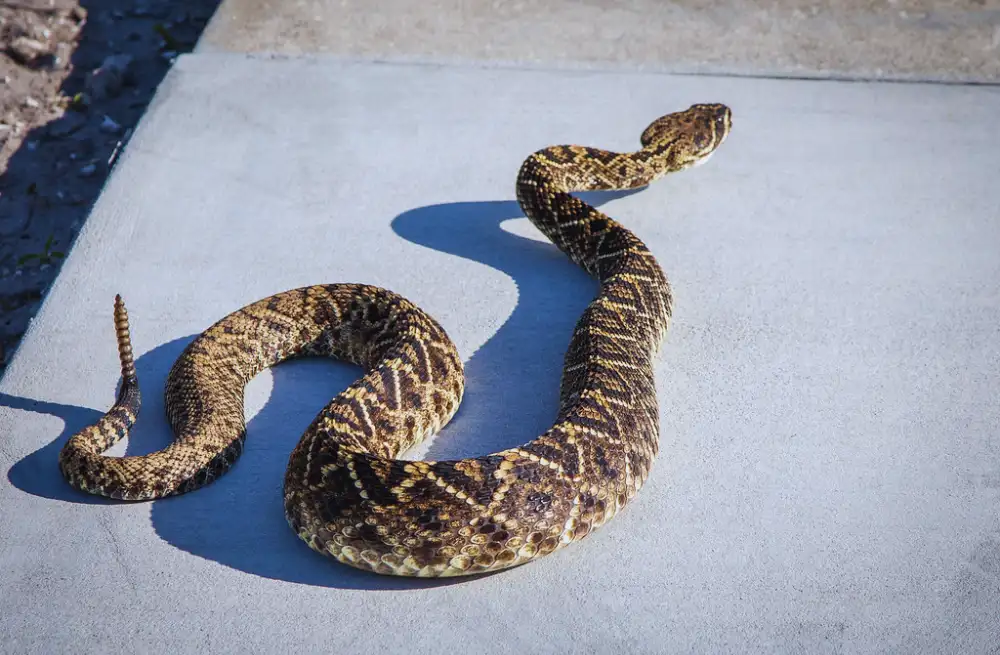
Eastern Diamondback Rattlesnakes have a relatively solitary lifestyle, but they come together during the breeding season, which typically occurs in the late summer to early fall (between August and October).
During this time, males actively search for females by following pheromone trails. Males may travel significant distances to find a mate and often engage in combat with other males, known as “combat dances,” to win the opportunity to mate with a female.
Once a male finds a receptive female, courtship involves rubbing his chin along the female’s back, and if she is receptive, mating takes place. Eastern Diamondbacks are ovoviviparous, meaning that females give birth to live young rather than laying eggs.
After mating, the female carries the developing embryos for a gestation period of 6 to 7 months, giving birth to 6 to 21 live young between August and October of the following year.
The newborn snakes are independent from birth, fully equipped with venom and a small rattle segment. They do not receive any parental care and must fend for themselves immediately after birth.
The reproductive cycle of Eastern Diamondbacks, with its long gestation and relatively low reproductive frequency, makes them vulnerable to population decline, as it takes several years for a female to produce offspring. Conservation efforts that protect their habitat are crucial to ensuring their long-term survival.
Fun facts about the Eastern Diamondback Rattlesnake
- Largest Rattlesnake: The Eastern Diamondback is the largest rattlesnake species in the world, growing up to 8 feet long and weighing up to 15 pounds!
- Deadly Precision: They have one of the longest fangs among rattlesnakes, allowing them to inject venom deep into their prey with pinpoint accuracy.
- Nature’s Warning System: Their iconic rattle can be heard from over 30 feet away, serving as a loud warning to keep predators (and humans) at bay.
- Camouflage Experts: Thanks to their diamond-shaped patterns, these rattlesnakes blend seamlessly into the dry grasses and pine forests they call home, making them masters of ambush hunting.
- Cold-Blooded Loners: Eastern Diamondbacks are solitary creatures and rely on the sun to regulate their body temperature, often basking on rocks to warm up during cool mornings.
Sources:
- Learn more about the Eastern Diamondback Rattlesnake on its Wikipedia page.
- Check the Eastern Diamondback Rattlesnake conservation status on the IUCN Red List.

